For the last few years, 'ceremonial cacao' has been a buzzword in yoga studios and meditation centers the world over. But what is ceremonial grade cacao, and how is it used in a cacao ceremony?
In this article we'll explore the origins and benefits of ceremonial cacao, how to prepare ceremonial cacao, as well as the connection to ancient cultures and modern chocolate.
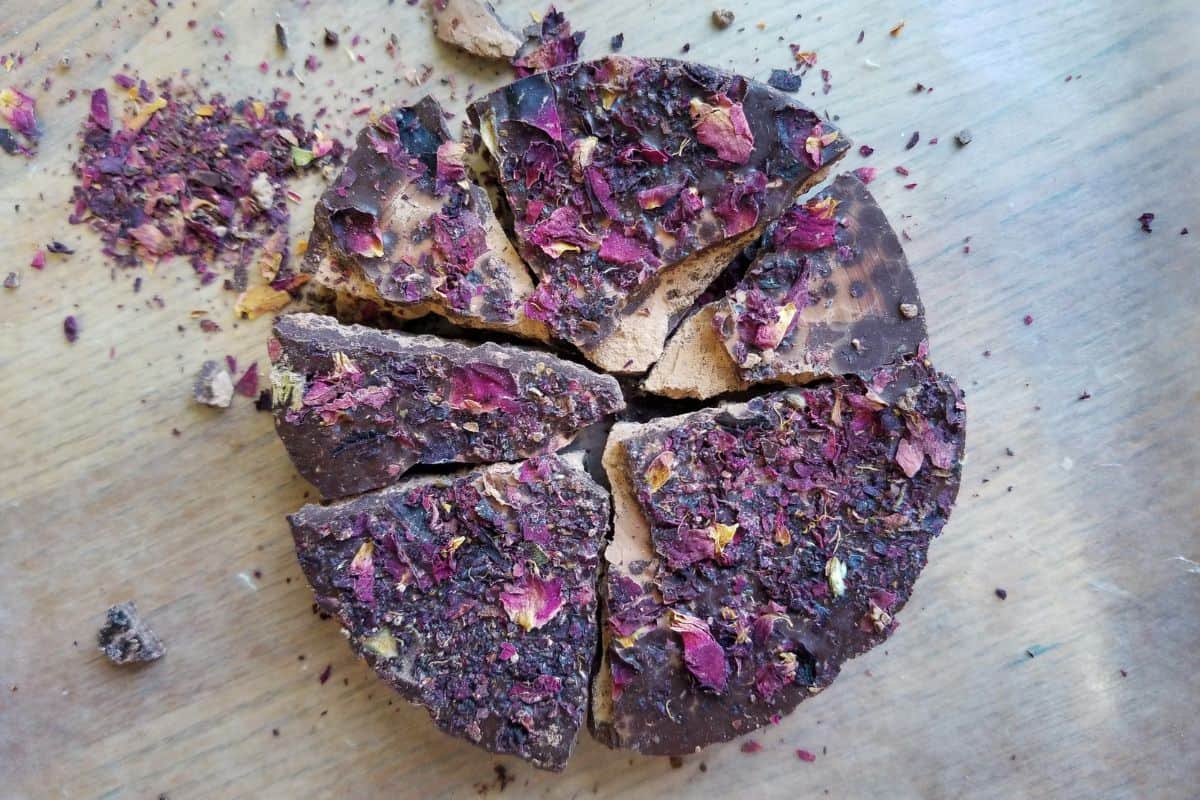
Jump to:
🌟 What Is Ceremonial Cacao?
All cacao comes from Theobroma cacao, an evergreen tree native to South America, and domesticated for thousands of years in Central America. Historically, cacao has been a highly-valued, sacred commodity.
While these days there are still some cacao ceremonies regularly held by native peoples, the modern cacao ceremony comes from a white guy named Keith.
Yeah, you read that right. But a bit more on Keith and his cacao ceremonies later on. Let's start with the most basic question— what is ceremonial cacao?
Ceremonial grade cacao is 100% ground cacao beans, imbued by the user with the power to connect with & center oneself.
Lately the term 'ceremonial cacao' has been reminding me a lot of cacao vs. cocoa— most of the articles on page one of Google are misrepresenting marketing jargon for the truth. They serve up what they think people want to hear, and then people read it so often that they believe it to be true.
But the truth about 'ceremonial' cacaos is that there's no single special quality that makes any one cacao the proper one for a ceremony.

👨🏻🍳 History of Ceremonial Grade Cacao
Some people think that 'ceremonial cacao' refers to some native varietal, or even raw cacao (both unfermented and unroasted) similar to that consumed by the ancient Mayans. But the truth of is that there are so many ancient ceremonies around cacao that to limit it to one would be reductionist history.
There wasn't even just one single varietal of cacao there at the time, but many varietals, depending on the region. To be truly ceremonial grade, cacao does NOT need to be raw, heirloom, and plain. Fermenting and moderately heating cacao are both typical practices by indigenous people.
Both have also been shown to not only make the cacao taste less bitter and more complex, but also change the beans' nutritional profile to be equally as good for you.
There is no specific varietal or origin or treatment process that makes any cacao ceremonial. However, for people who conduct cacao ceremonies, there seem to be three things that they brag on when it comes to their cacao: low temperatures-processed, single source, and fine flavor cacao.
Most brands use varietals of cacao that are high in cocoa butter, a healthy fat. Often cacao that has been both fermented & dried, but hasn't been roasted at the end, is advertised as 'raw.' But truly raw cacao has not been fermented or roasted, and to be frank, it tastes like dirt.

While unfermented cacao shows a very slightly higher antioxidant content, the difference that fermentation makes upon the flavor of pure cacao is dramatic. The truth is that cacao has been fermented for many millennia, and it's actually part of the traditional preparation of cacao for drinking.
Still, dozens of brands have appeared over the last few years, claiming to sell ceremonial grade cacaos and using lots of the buzzwords above. But '100% pure ceremonial grade cacao' is a meaningless phrase unless there are certain standards that define the term 'ceremonial grade.'
According to this interview with expert Marcos Patchett, there are certain qualities we know that ancient cacao beverages had. They were not sweetened in any way, though they were often spiced with local herbs, each of which had its own ceremonial function.
At the time, criollo cacaos were likely to be the varietal of choice, but any cacao with low astringency and low bitterness would be preferable. It's not a requirement to use a bean to bar chocolate for your sacred cacao beverage, but that would certainly be a step in the right direction.
Most indigenous consumption of cacao is spiced but not sweetened, so to get started, pick a few favorite botanicals and customize your cup.
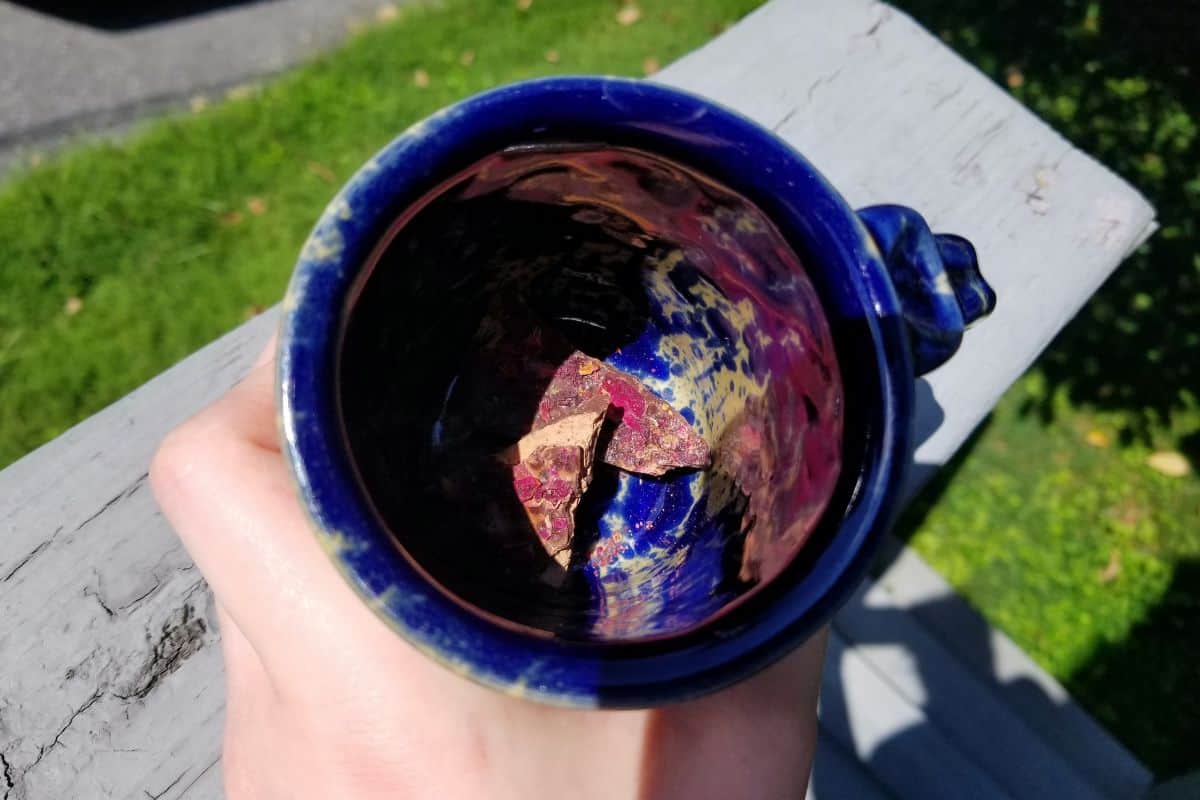
✔️ What Is A Cacao Ceremony?
For millennia, cacao was a highly-valued commodity that was widely treated like a sacred object, and even used as currency. While there are indigenous cacao ceremonies still conducted by native peoples today, the modern global cacao ceremony finds its roots in an American who moved to Guatemala in the early 2000's.
The founder of Keith's Cacao, now often called the 'Chocolate Shaman,' is that same American. Keith 'the Chocolate Shaman' didn't charge for his ceremonies for well over a decade, though you can now sign up for them like any other touristic experience in Guatemala.
By all accounts I've read, Keith's ceremonies use cacao as a medium for teaching mindful consumption and honoring the earth & the plant for what it has given us. In short, what a cacao ceremony does is to sell a lifestyle.
While there are surely many well-meaning people, there are also business people simply taking advantage of people's lack of understanding of cacao as a botanical and of the history of cacao ceremonies.
Just remember that the type of cacao you use for your ceremony isn't as important as how you use that cacao to connect with yourself and others. One of the most important things you can do to connect with the earth is to make sure you source your cacao ethically, preferably directly from the farmers themselves.
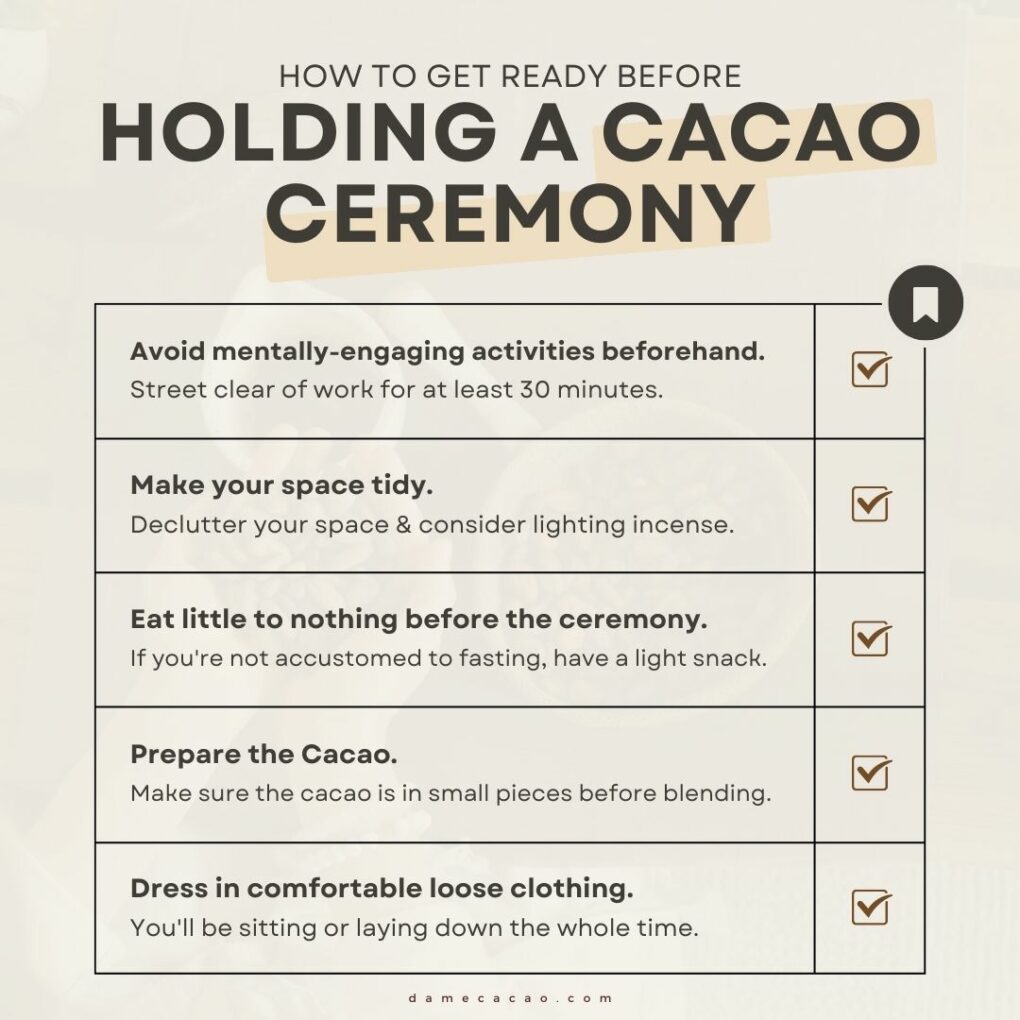
😋 How to Prepare Ceremonial Cacao
- Prepare the Space: Before you begin, create a serene environment. This could include dimming the lights, lighting candles, or playing soft, ambient music.
- Set Your Intention: Take a moment to reflect on your purpose for the ceremony. It could be for healing, clarity, or opening your heart. Hold this intention in your mind as you prepare the cacao.
- Grate or Chop the Cacao: If using cacao paste, grate or finely chop it to help it dissolve more easily.
- Heat the Water: Warm the water in a saucepan until it is hot but not boiling. The ideal temperature is around 160-180°F (71-82°C).
- Mix the Cacao: Add the cacao to the hot water, stirring constantly until it's completely dissolved. If you're using cacao powder, whisk it in to prevent clumps.
- Add Spices and Sweetener: If desired, add a pinch of cayenne or chili powder and cinnamon for warmth and depth of flavor. Sweeten with honey or maple syrup to your liking, but be mindful not to overpower the natural flavor of the cacao.
- Settle and Serve: Allow the mixture to sit for a minute, letting any remaining solids settle to the bottom. Pour into a mug, leaving the solids behind.
- Hold and Honor: Before drinking, hold the mug with both hands, close your eyes, and reconnect with your intention. Offer a silent or spoken word of gratitude to the cacao.
- Sip Mindfully: Drink the cacao slowly, letting its warmth and energy spread through your body. Remain present with the experience, allowing the cacao to guide your meditation or reflective practice.
- Close the Ceremony: Once finished, take time to journal, share your experience with others, or sit quietly to fully absorb the benefits of the ceremony.
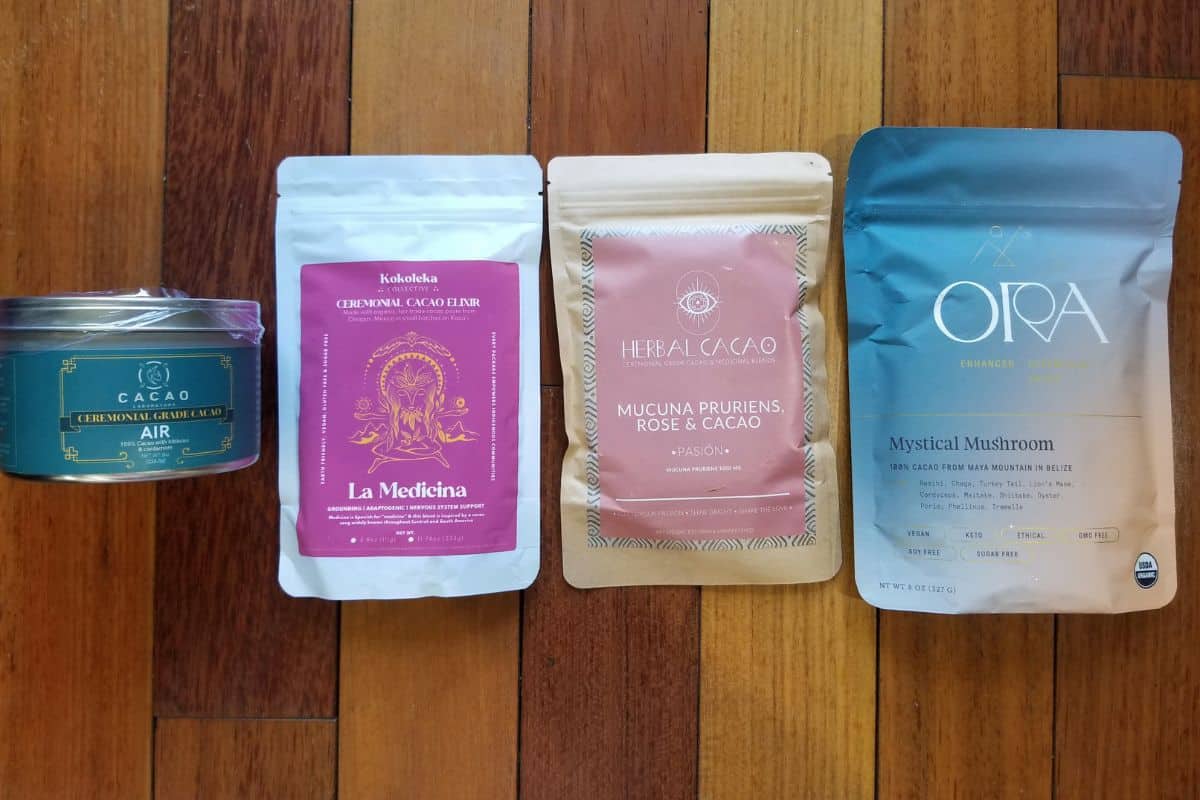

📝 Ceremonial Grade Cacao Brands
Ora Cacao (formerly Firefly Chocolate) - Currently one of the US's top suppliers of ceremonial grade cacao, Ora Cacao is the rebrand of Firefly Chocolate, a San Francisco-area chocolate company founded in 2014.
The small business offers four direct-trade origins at the moment, and seem to source their cacao from Uncommon Cacao, one of who's co-founders (Emily Stone) I interviewed here. Their current offerings include 8 different types of ceremonial cacao, 4 single origins and 4 'enhanced' flavors.
Soul Lift Cacao - Soul Lift Cacao, based in Oregon, sources their beans from 4 different regions in central Guatemala, with 2 of the origins' beans hand-peeled by a women's collective in Lake Atitlan, Guatemala.
I've tried three of their flavors of ceremonial cacao— two of which contained cayenne— and they remind me a lot of the cacao beverages I had when living in Guatemala. The toasty flavor of their cacaos taste just like the stovetop-roasted beans I enjoyed while making chocolate in Ecuador.
Cacao Laboratory - Launched shortly after a transformative trip to a cacao ceremony in 2016, Cacao Laboratory began bringing back beans from Guatemala and Ecuador, partnering with members of the local indigenous communities.
The co-founders now transform that cacao into both flavor blended bars and plain blocks of ceremonial grade cacao in their New York factory.
Cacao is as ceremonial and dripping with meaning as you allow it to be. Whether you balance energies, open chakras, or just want to practice meditation through food, you may benefit from your own personal cacao ceremony.
Just keep in mind that the best ceremonial cacao drink for you is the one you enjoy & connect with the most.

🙋🏻♂️ Ceremonial Grade Cacao FAQ
Ceremonial cacao is not a drug, and while it won't produce strong psychoactive effects like cannabis would, it can help you feel more focused and present in the moment.
No, ceremonial cacao cannot get you 'high' because cacao is not psychoactive, not in the hallucinogenic sense that cannabis or psilocybin can be.
When done right, ceremonial cacao helps you feel calm, focused, and in-the-moment.
All cacao ceremonies have a few elements in common: the preparation of a sacred space, the preparation of the cacao beverage, and its mindful consumption. You can held your own cacao ceremony at home by combining these elements in whatever manner makes you feel most connected to yourself.
📖 Recipe
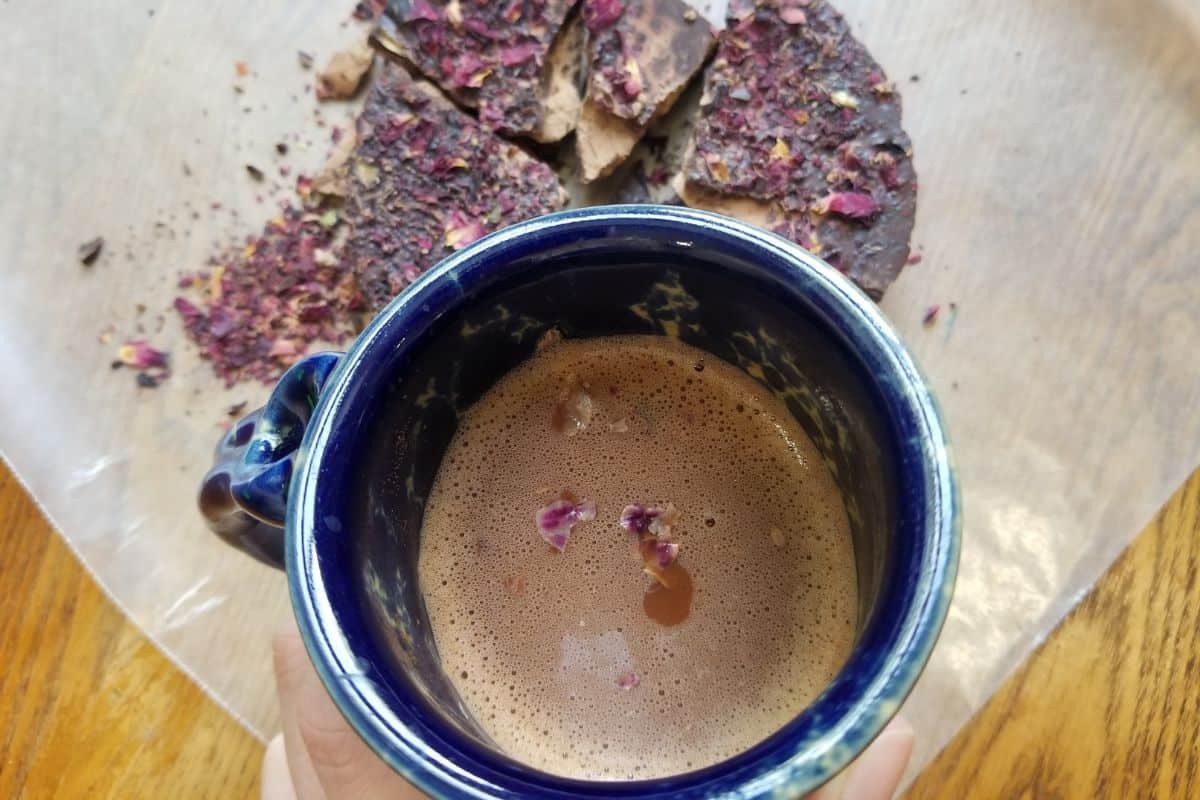
Ceremonial Cacao Drink Recipe
Ingredients
- 1 ounce 28g ceremonial-grade cacao paste
- 1 cup 240ml hot water (not boiling)
- optional sweetener of choice honey, maple syrup, etc., to taste
Instructions
- Prepare the Space: Before you begin, create a serene environment. This could include dimming the lights, lighting candles, or playing soft, ambient music.
- Set Your Intention: Take a moment to reflect on your purpose for the ceremony. It could be for healing, clarity, or opening your heart. Hold this intention in your mind as you prepare the cacao.
- Grate or Chop the Cacao: If using cacao paste, grate or finely chop it to help it dissolve more easily.
- Heat the Water: Warm the water in a saucepan until it is hot but not boiling. The ideal temperature is around 160-180°F (71-82°C).
- Mix the Cacao: Add the cacao to the hot water, stirring constantly until it is completely dissolved. If you're using cacao powder, whisk it in to prevent clumps.
- Add Spices and Sweetener: If desired, add a pinch of cayenne or chili powder and cinnamon for warmth and depth of flavor. Sweeten with honey or maple syrup to your liking, but be mindful not to overpower the natural flavor of the cacao.
- Settle and Serve: Allow the mixture to sit for a minute, letting any remaining solids settle to the bottom. Pour into a mug, leaving the solids behind.
- Hold and Honor: Before drinking, hold the mug with both hands, close your eyes, and reconnect with your intention. Offer a silent or spoken word of gratitude to the cacao.
- Sip Mindfully: Drink the cacao slowly, letting its warmth and energy spread through your body. Remain present with the experience, allowing the cacao to guide your meditation or reflective practice.
- Close the Ceremony: Once finished, take time to journal, share your experience with others, or sit quietly to fully absorb the benefits of the ceremony.













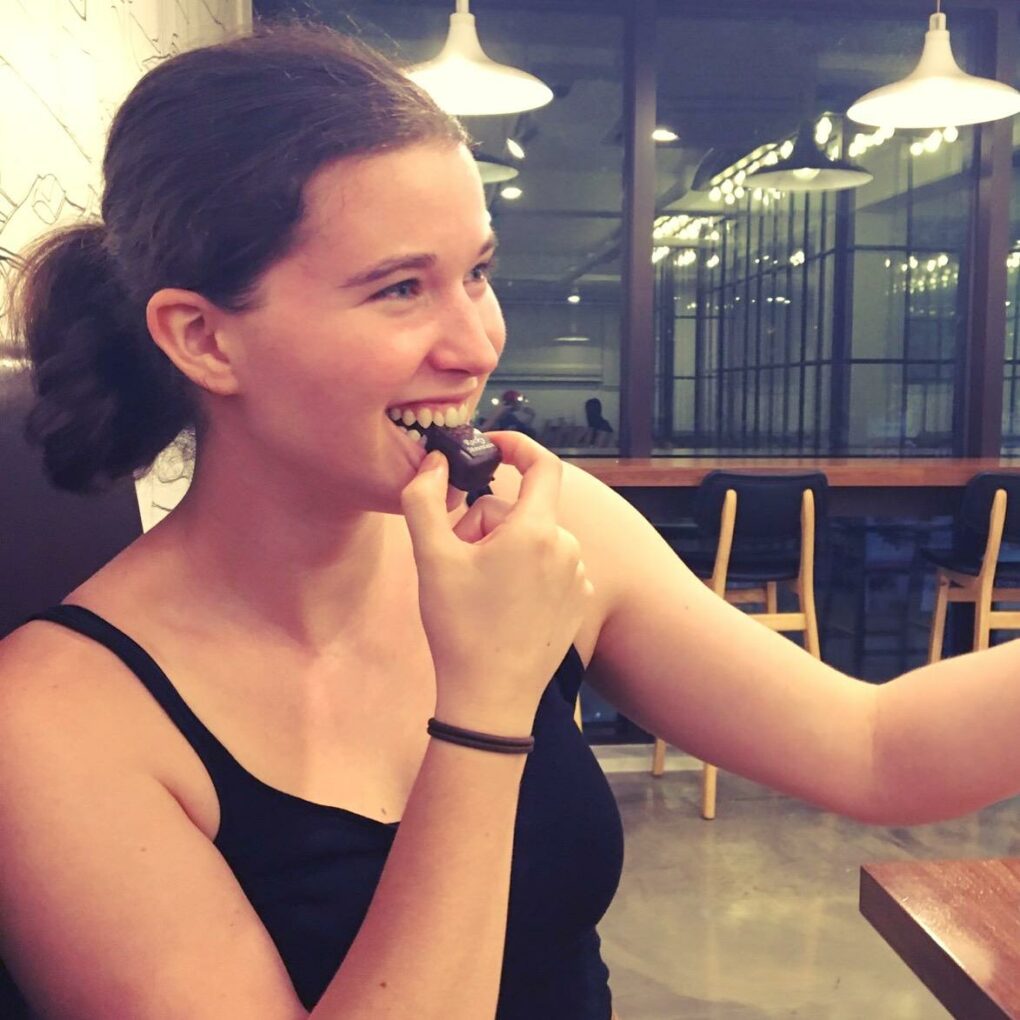



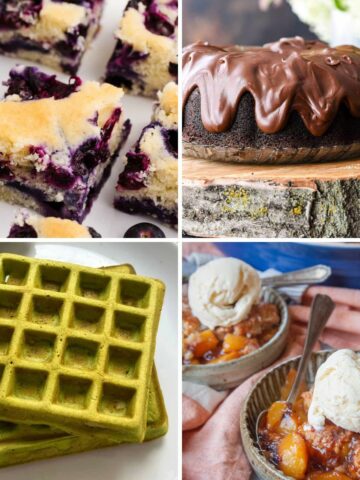
Comments
No Comments